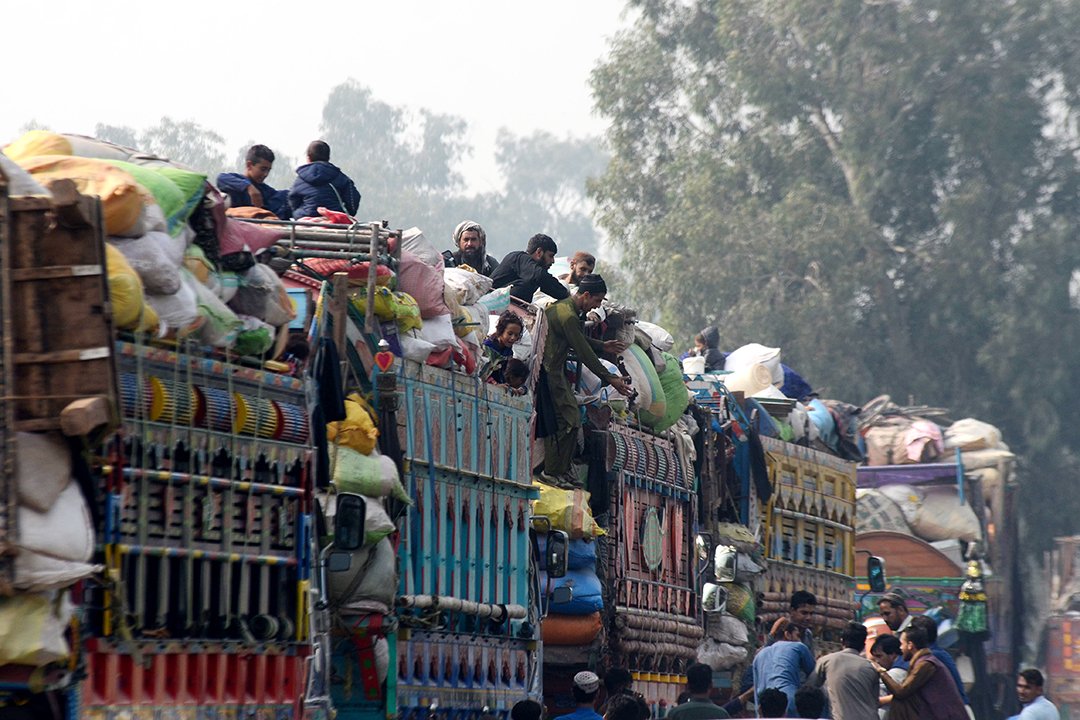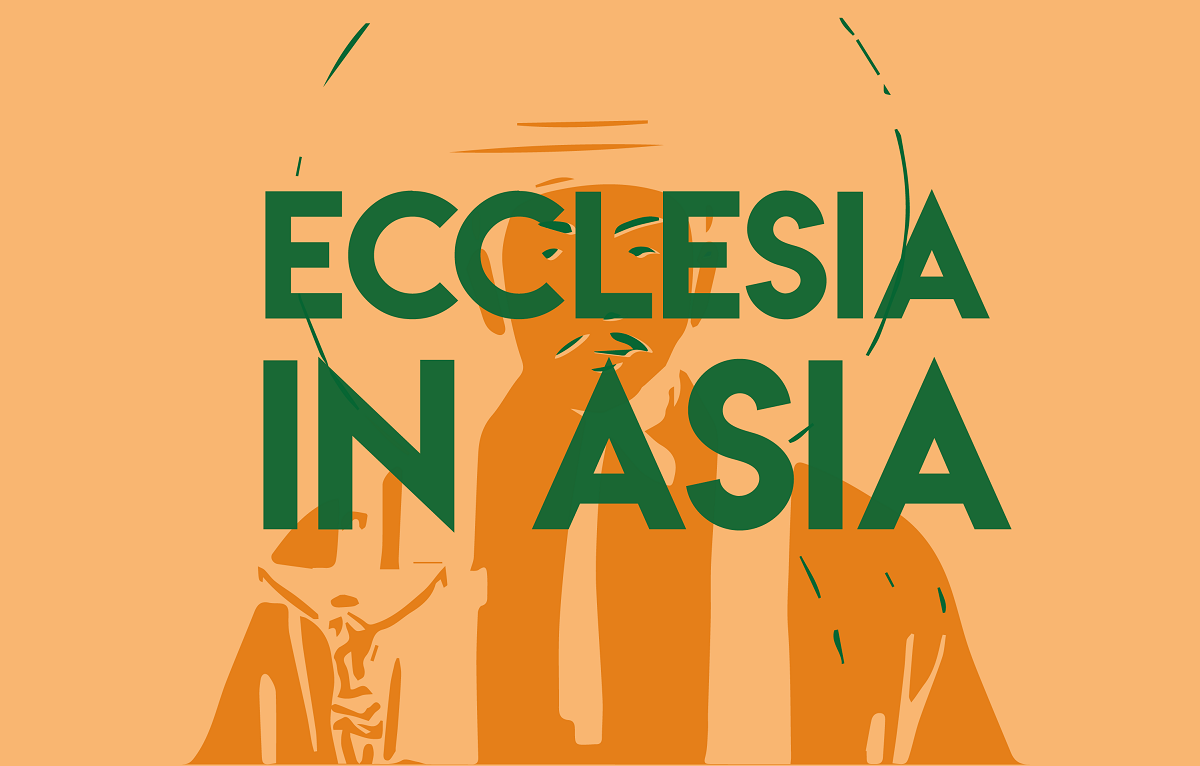UN: at least 110,000 vulnerable Afghan refugees in Pakistan
These refugees meet the criteria for resettlement in third countries and need international protection the most. Expulsions to Taliban-controlled Afghanistan continue; in April alone, more than 300,000 returned from Pakistan and Iran, aggravating a humanitarian crisis already out of control due to extreme poverty. For their part, Kabul, Beijing and Islamabad are building new geopolitical ties.
Islamabad (AsiaNews/Agencies) – About 110,000 Afghan refugees and asylum seekers present in Pakistan have high-risk profiles and are in urgent need of international protection meeting all the criteria for resettlement in third countries, this according to the United Nations High Commissioner for Refugees (UNHCR).
In recent months, Pakistan and Iran have been sending back tens of thousands of Afghan refugees. The International Federation of Red Cross and Red Crescent Societies (IFRC) report that in April alone, 300,000 people returned to Taliban-ruled Afghanistan, including 44,500 from Pakistan (nearly 30,000 forcibly expelled) and 170,200 from Iran.
UNHCR's resettlement programme has been in place since the 1980s and has enabled tens of thousands of Afghan refugees to rebuild their life safely abroad. However, the flow of migrants out of Afghanistan intensified after the Taliban came back to power in 2021.
Since then, the number of Afghans welcomed in third countries through the UNHCR programme has remained small (less than 11,000 in the United States, for example), but some diplomatic missions and other NGOs have pushed for the relocation of refugees.
The UNHCR notes that those considered vulnerable include people who have suffered violence of various kinds, people with serious illnesses, but also women, girls and children who could suffer repression under the Taliban regime.
In recent months, despite increasing restrictions on civil rights and liberties, the number of refugees expelled from Pakistan and Iran has increased. This has led the IFRC to launch an emergency fundraiser last month to cope with the influx of returning migrants.
According to the humanitarian organisation, about 4,000 to 6,000 people have arrived in recent weeks, a pace that is bringing Afghanistan's fragile infrastructure – already weakened by extreme poverty, food insecurity, drought, and pre-existing internal displacement – to its knees.
The IFRC warned that this pressure is undermining the ability of the health system and humanitarian aid networks to meet basic needs.
Pakistan began repatriating Afghan nationals in October 2023 when it launched an “Illegal Foreigners Repatriation Plan”. In fact, even people with a permit to stay in Pakistan were pushed to leave the country.
In almost two years, more than a million Afghans left, some voluntarily (to avoid Pakistani police repression), while others were removed forcibly. Of these, according to UN data, 61 per cent are under the age of 18, while 17 per cent are women left alone to provide for their family.
About two thirds of the Afghans returned so far have never lived in the country.
Several refugee organisations that provide emergency assistance at border crossings have joined the UNHCR and IFRC complaints.
In a report published last week, the Norwegian Refugee Council (NRC) points out that those who have been returned from Pakistan and Iran are facing situations of extreme poverty, resulting from the collapse of Afghanistan’s economy following the return of the Taliban.
The NRC claims that, in addition to refugees expelled from Pakistan, another million Afghans have been repatriated from Iran in 2024 alone, while the UN warns that the number of repatriations could reach as many as 20,000 people a day, making it even harder for Afghanistan to cope with the emergency.
Meanwhile, the Taliban government is boosting economic and diplomatic relations with Russia, China and India. The Taliban acting Commerce minister offered to settle mutual financial transactions with Russia in their respective currencies bypassing the US dollar and avoiding international sanctions.
At the same time, for the first time Afghan authorities have taken steps to reduce terrorist attacks in Pakistan.
Islamabad had demanded for some time that Kabul act, especially regarding its links with the Tehrik-e-Taliban Pakistan (TTP), the Pakistani Taliban; in recent months, 70 fighters have been jailed on charges of recruiting Pakistanis to carry out attacks in Pakistan. In return, Islamabad removed a 10 per cent tariff on certain goods from Afghanistan.
For some observers, Beijing is likely behind the change in attitude by Kabul (rather than pressure exerted by returning Afghans). After recent tensions with India, the Chinese foreign minister hosted his Pakistani and Afghan counterparts, paving the way for Kabul to align with Islamabad and Beijing.
26/09/2024 13:33
14/04/2025 16:51
02/11/2023 17:07







.png)










